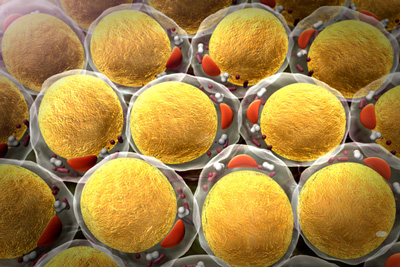FGF21 discovery could lead to new treatments for type 2 diabetes
Posted: 11 February 2016 | Victoria White | No comments yet
New research on the blood lipid-lowering protein FGF21 shows how it redistributes fatty acids by two distinct mechanisms…


New research on the blood lipid-lowering protein FGF21 shows how it redistributes fatty acids by two distinct mechanisms.
The discovery could lead to improved treatments for type 2 diabetes and other obesity-related diseases.
“The protein FGF21 is an exciting potential therapeutic agent for the treatment of cardiovascular diseases and type 2 diabetes. This study provides breakthrough understanding mode of action of the protein,” says Stefan K. Nilsson, assistant professor at the Department of Medical Biosciences at Umeå University, who took part in the study as visiting scientist at the University Medical Centre in Hamburg.
The research results shows that a part of FGF21’s redistributing effect on fatty acids can be explained by the fat-splitting enzyme Lipoprotein lipase (LPL).
“LPLs have been of interest to researchers at Umeå University for 50 years, which makes it especially rewarding to have contributed to this study,” says Stefan K. Nilsson.
The hope is that this research will lead to new therapeutic agents in the future. A drug that stimulates this pathway could be used to treat and reduce clinical manifestations of obesity-related health problems such as cardiovascular disease and type 2 diabetes.
The researchers have studied what mechanisms are responsible for the protein FGF21’s reducing of blood lipid levels. The results show that FGF21 lowers the release of free fatty acids from the white adipose tissue. This decreases the release of liver produced blood lipids. The reduced levels of blood lipids are also due to the fact that FGF21 activate the enzyme Lipoprotein lipase. Elevated enzyme activity leads to faster hydrolytic cleavage and uptake of blood lipids.
In the study, the researchers also found that FGF21 changed the metabolic pattern in diabetic mice models and increased their metabolism of excess energy via brown adipose tissue.
Related conditions
Diabetes



